
MTT Cytotoxicity Test Laboratory
cytotoxicity test Introduction
The cytotoxicity test assesses the potential bioactive substances in material extracts and their cytotoxic effects on cULtuRED mammalian cells. The principle involves the metabolic reduction of the yellow water-soluble MTT in living cells, resulting in the formation of insoluble formazan. The number of viable cells is correlated with the colorimetric measurement of formazan dissolved in alcohol using a photometer.
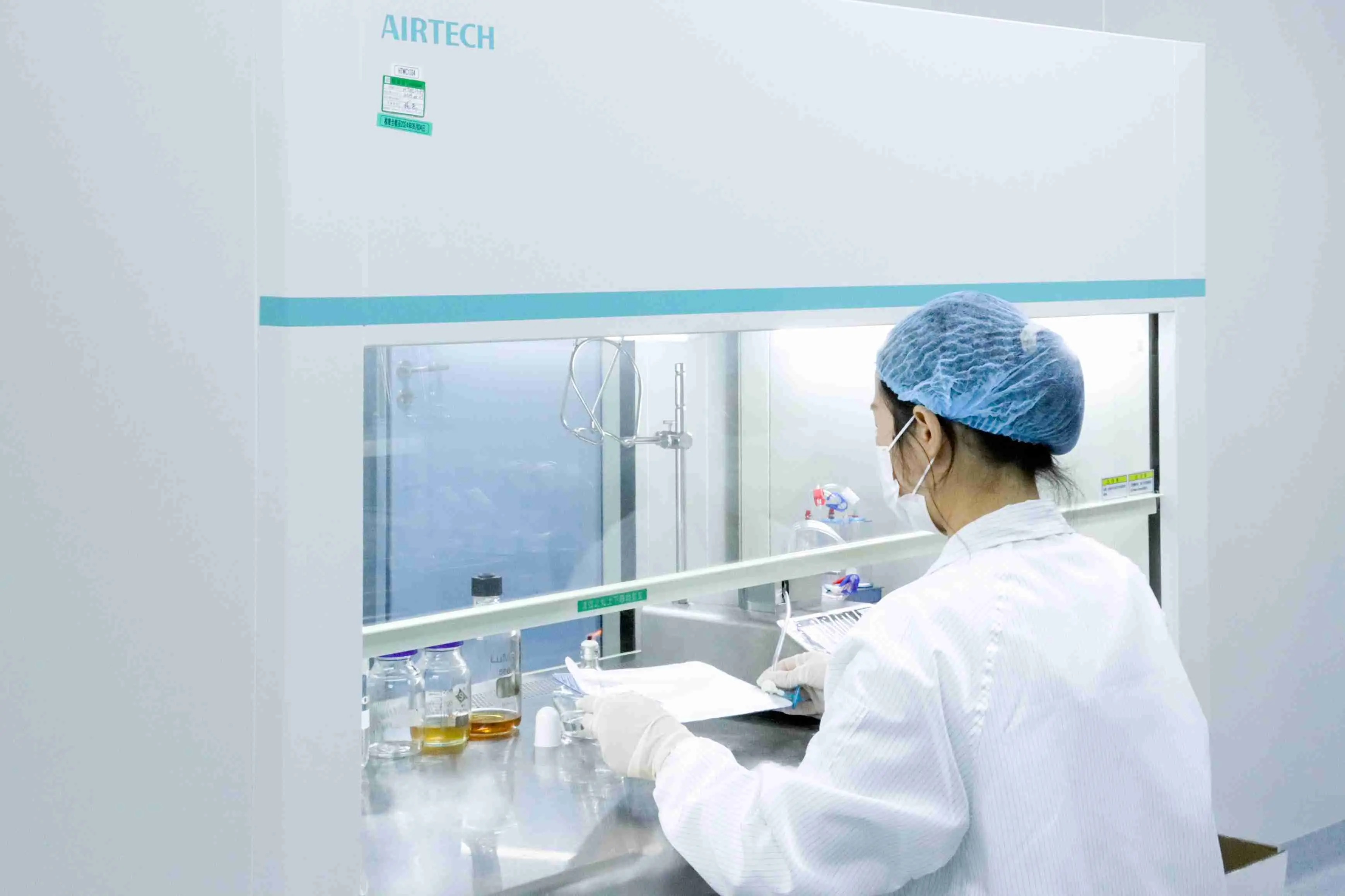
Cytotoxicity Test Standards
2.2 iso 10993-5:2009 Biological evaluation of medical devices—Part 6: Tests for in vitro cytotoxicity.
Test System
L929 cells.
Preparation of Test Samples
Preparation of extracts according to iso 10993-5:2009.
Test Procedure
5.1 Cell Culture Preparation
Cultured cells are removed from the culture flask using enzymatic digestion (trypsin/EDTA). The cell suspension is centrifuged at 200g for 3 minutes. Cells are resuspended in the medium, adjusting the density to 1×10^5 cells/mL. Using a multichannel pipette, 100 μL of the medium is added to the peripheral wells of a 96-well tissue culture MICrotiter plate (=1×10^4 cells/well). Cells are incubated for 24 hours to form a semi-confluent monolayer. Cultures are maintained in an incubator with 5±1% CO2 at 37±1°C and >90% humidity for 24±2 hours to allow the cells to grow into a nearly confluent monolayer.
5.2 Contact Cultivation
After 24 hours of culture, the medium is aspirated from the wells, and 100 μL of test sample extract, control sample extract, blank control solution, and positive control solution are added to each well, with at least six replicates for each condition. The blanks are added to the left (column 2) and right (column 11) sides of the 96-well plate. The plates are then incubated for 24±2 hours at 37±1°C in an environment with 5±1% CO2 and >90% humidity.
5.3 Observation
After an additional 24 hours of incubation, each plate is examined under a phase-contrast microscope to assess any system errors in cell seeding and the growth characteristics of control and test group cells. Morphological changes due to the cytotoxic effects of the test sample extract are recorded, though these records are not used for quantitative cytotoxicity measurements. Poor growth characteristics of the control cells may indicate experimental errors, potentially invalidating the test.
5.4 MTT Addition
After assessing cell growth in the wells, the medium is carefully aspirated, and 50 μL of MTT solution (prepared at 1 mg/mL in complete MEM medium without phenol red) is added to each test well. The plates are incubated at 37±1°C for 2±0.2 hours. The MTT solution is then discarded, and 100 μL of isopropanol is added to dissolve the formazan. The plates are shaken, and the absorbance of each well is measured at a wavelength of 570 nm (reference wavelength 650 nm).
5.4 Data Analysis
A reduction in the number of viable cells leads to a decrease in the metabolic activity of the sample, which directly correlates with the amount of blue-purple formazan produced. The decrease in cell viability, when comparing the test sample to the blank control (cells directly exposed to the extraction medium), can be calculated using the following formula:
Where: OD570e—The mean absorbance value for each group of test samples, positive controls, and negative controls.
OD570b—The mean absorbance value for the blank control group (cells directly exposed to the extraction medium).
Lower viability indicates higher potential cytotoxicity of the test sample. If the viability decreases to less than 70% of the blank, the test sample is considered potentially cytotoxic. If the 50% extract of the test sample shows similar or higher viability, the test should be repeated.
JJR Laboratory in China offers ISO 10993-5:2009 biocompatibility cytotoxicity testing services. We welcome your samples for testing.
Email:hello@jjrlab.com
Write your message here and send it to us
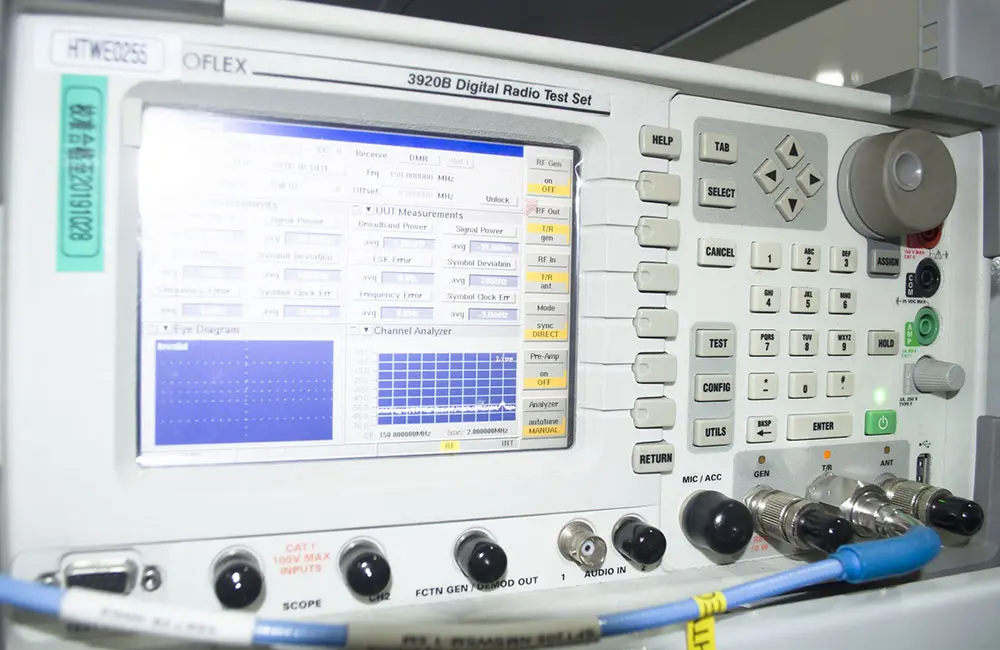 LED Lighting EMC Testing Service
LED Lighting EMC Testing Service
 EU REACH Compliance Testing Services
EU REACH Compliance Testing Services
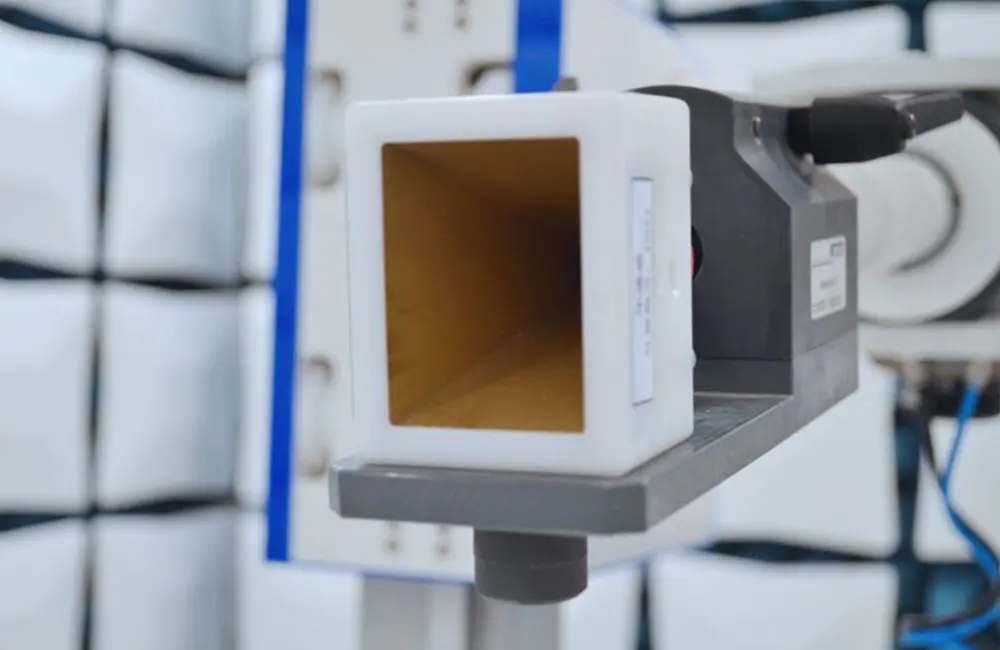 Electronic and Electrical Reliability Testing Serv
Electronic and Electrical Reliability Testing Serv
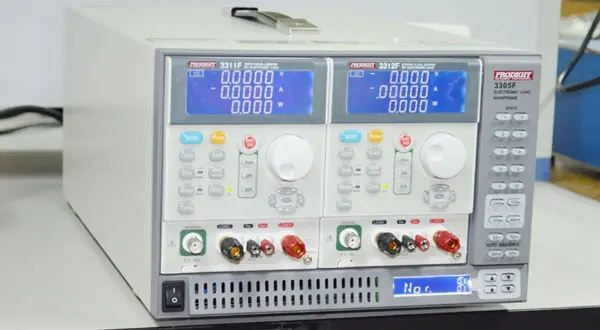 Electronic & Electrical Safety Compliance Test
Electronic & Electrical Safety Compliance Test
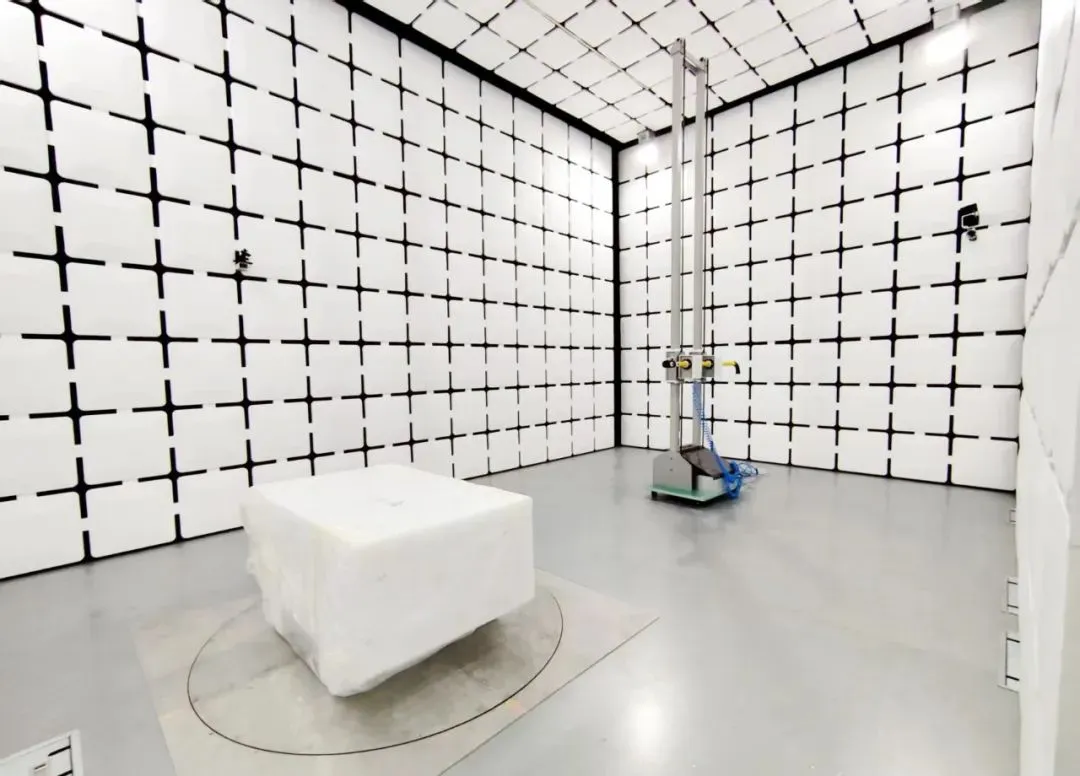 Shenzhen Electronic Electromagnetic Compatibility
Shenzhen Electronic Electromagnetic Compatibility
 How to Test IP68 Rating
How to Test IP68 Rating
 Differences Between FDA and LFGB for Food Contact
Differences Between FDA and LFGB for Food Contact
 Process and Precautions for Amazon CPC Certificate
Process and Precautions for Amazon CPC Certificate
Leave us a message
24-hour online customer service at any time to respond, so that you worry!




